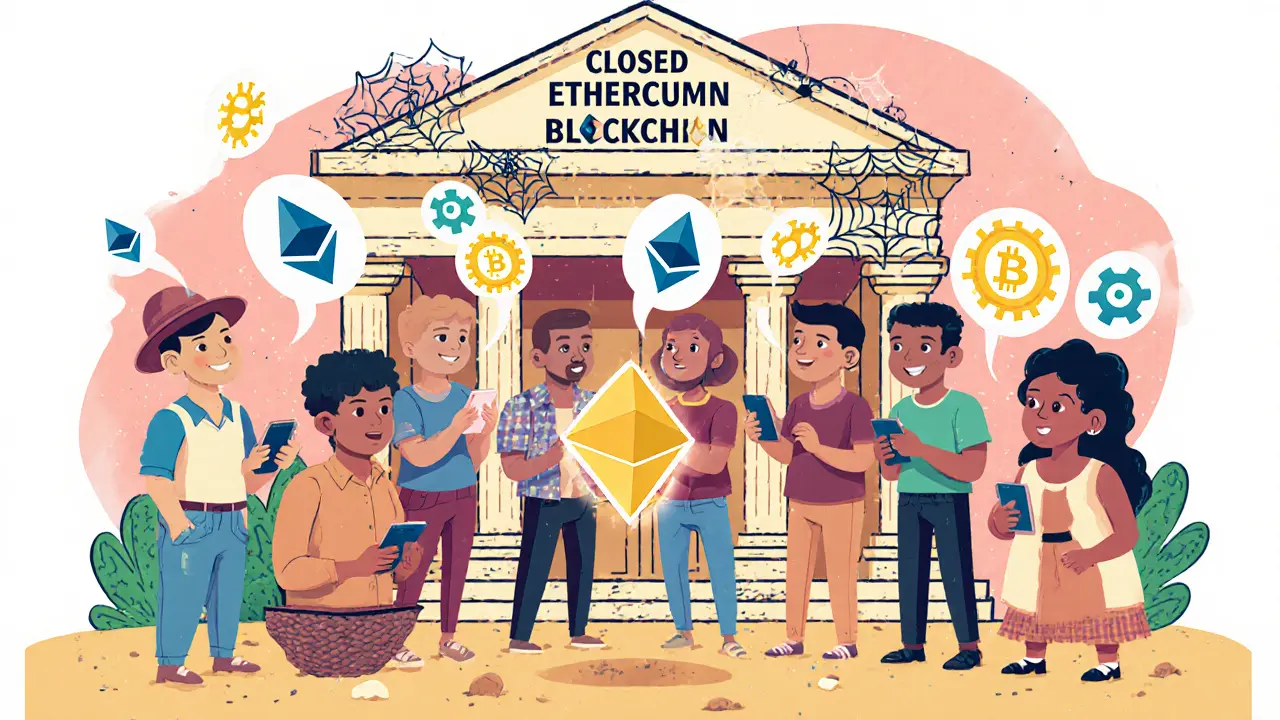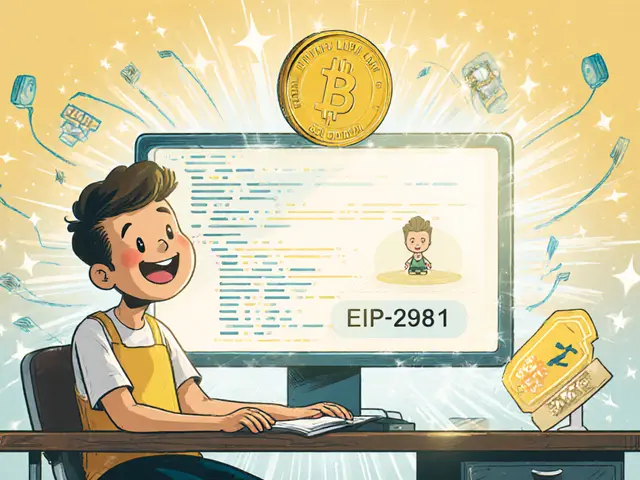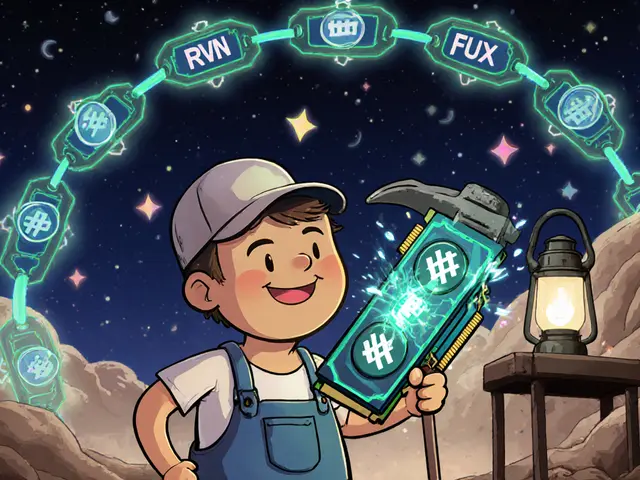Smart Contracts: The Backbone of Modern Crypto
When working with Smart Contracts, self‑executing code on a blockchain that automatically enforces agreed terms. Also known as self‑executing contracts, they run without intermediaries, cut costs, and lock in trust. Blockchain, the distributed ledger that stores every contract action provides the immutable playground, while Decentralized Finance (DeFi), financial services built on open protocols relies on these contracts to lend, borrow, and trade assets without a bank. Even Tokenization, turning real‑world assets into blockchain tokens can’t happen without a contract that defines ownership and transfer rules.
Why smart contracts matter today
Think about the wave of Security Token Offerings (STOs) that let companies issue regulated securities on-chain. Those STO guides in our library show how a smart contract encodes compliance checks, investor caps, and dividend logic – all before a single dollar moves. The same code also powers airdrop campaigns like BUNI or SHILL, where eligibility rules are baked into the contract, making distribution automatic and transparent.
But contracts aren’t just for fundraising. They’re the engine behind cross‑chain swaps on platforms like Swapr, letting users trade assets without KYC hurdles. The contract bridges two blockchains, verifies proofs, and executes the swap atomically, so you never lose funds mid‑trade. Our exchange reviews break down how these contracts differ from traditional order‑book systems and why they matter for fast, low‑fee trading.
Regulators keep a close eye on smart contracts because they can embed legal obligations directly into code. Our crypto compliance guide explains how US, EU, and UAE rules shape contract clauses – from KYC triggers to AML reporting. When a contract includes a “whitelist only” clause, it helps firms stay on the right side of the law without manual checks.
Non‑fungible tokens (NFTs) add another layer. On‑chain royalty standards like EIP‑2981 are themselves smart contracts that ensure creators earn a cut every time their art changes hands. Our royalty enforcement article shows how blocklist vs. allowlist approaches affect payout reliability across multiple blockchains.
Investors also need solid analytics. On‑chain analysis tools read contract events to spot whale moves, token inflows, or yield farming returns. Our yield farming calculator guide walks you through extracting APR, APY, and fee data straight from contract logs, so you can compare projects without guesswork.
Security remains a hot topic. Cases like the Tornado Cash sanctions illustrate how a privacy‑focused contract can become a regulatory flashpoint. Understanding the contract’s tamper‑proof nature helps developers navigate legal risks while preserving user anonymity where it’s allowed.
All these angles – from token launches and exchange mechanics to compliance and NFT royalties – converge on one thing: the smart contract. Below you’ll find a curated set of articles that dive deep into each use case, give step‑by‑step tutorials, and highlight the most recent trends shaping the space. Ready to see how these contracts power the crypto world? Browse the guides and start building your own solutions today.
DeFi is transforming finance by removing banks, cutting fees, and giving users full control. With 24/7 access, global reach, and smart contracts, it's challenging traditional finance - but risks and complexity remain.
Continue reading
Explore how blockchain land registry systems speed up property registration, cut costs, prevent fraud, and reshape global land management.
Continue reading
Learn how NFTs work on blockchain, from token standards and minting fees to storage, platform comparisons, and future trends.
Continue reading
Learn how to draft enforceable cryptocurrency contracts in 2025, covering the CLARITY Act classifications, essential clauses, compliance tips, and FAQs.
Continue reading








